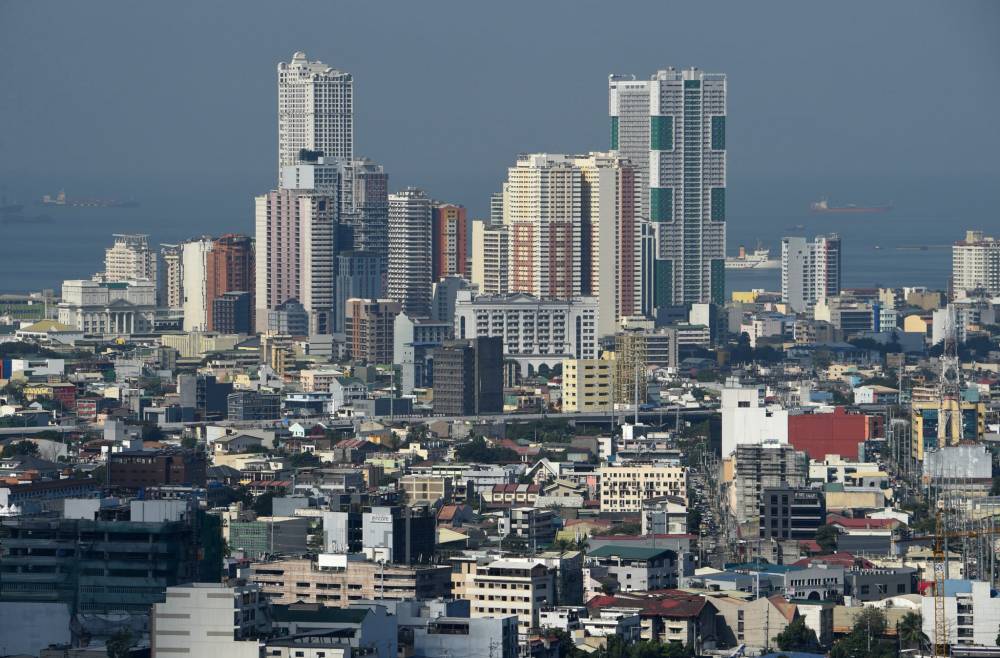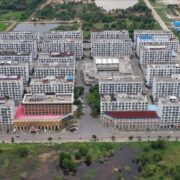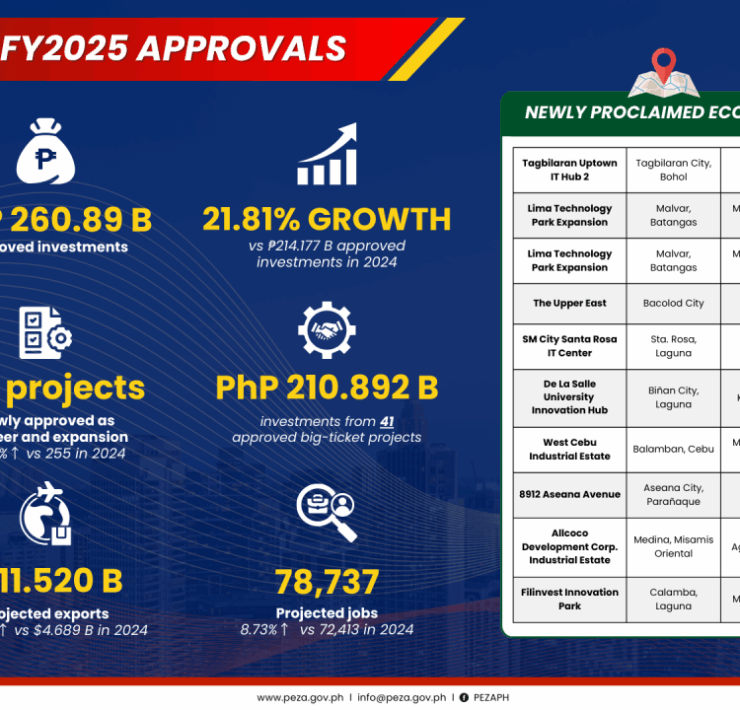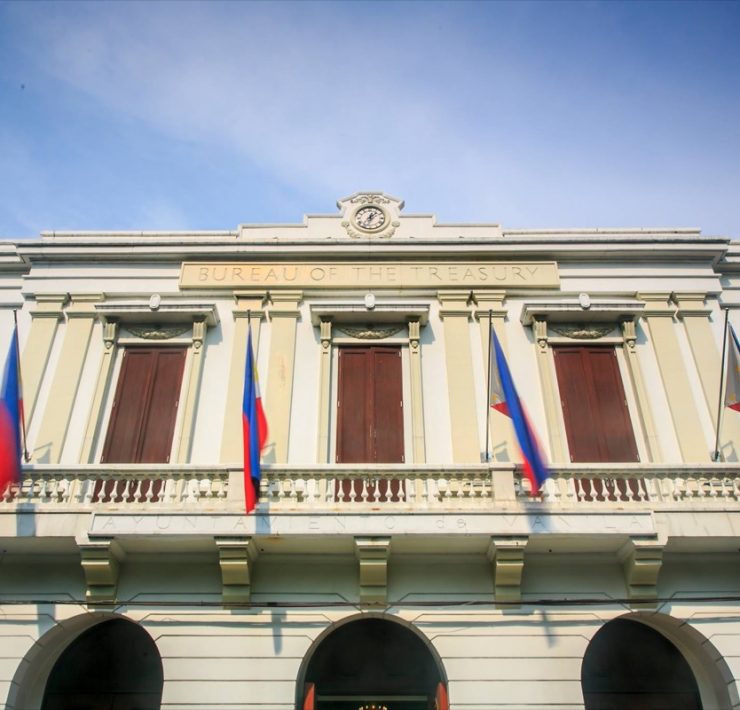PH remittance growth slowed in May to 2.9%

Money sent home by Filipinos overseas posted a slower growth in May, as such inflows may have tracked a slowdown in the global economy amid headwinds coming from US President Donald Trump’s tariffs against America’s trading partners.
Cash remittances coursed through banks amounted to $2.66 billion, up by 2.9 percent year-on-year, the Bangko Sentral ng Pilipinas (BSP) reported on Tuesday. This marked a slowdown from the 4-percent annual expansion in April.
But the May result was still better than the projection of the BSP, which forecasts remittances to grow by 2.8 percent to $35.5 billion this year.
The central bank said the five-month remittances amounted to $13.77 billion, up by 3 percent. The United States remained the top source of remittances to the Philippines during the period at 40.2 percent, followed by Singapore (7.4 percent) and Saudi Arabia (6.4 percent).
Strong peso
“Slower global economy amid Trump’s trade wars could have slowed down OFW (overseas Filipino worker) remittances volume recently,” Michael Ricafort, chief economist at Rizal Commercial Banking Corp. (RCBC), said in a commentary.
But Ricafort said a strong peso that traded at the 55 level may have helped drive remittance growth in May. This is because a strong local currency can cut the peso-equivalent of remittances, which may prompt expats to send more money to offset the losses.
Some of those cash transfers, the RCBC economist said, likely went to “vacation spending during the summer break, as well as tuition payments and other new school year-related expenses.”
“It (remittance growth) is still a bright spot for the overall economy as an important growth driver, especially in terms of consumer spending,” Ricafort said.
Moving forward, Jonathan Ravelas, senior adviser at Reyes Tacandong & Co., said remittances could still sustain a 3-percent growth, especially if Filipino migrant workers can tap other labor markets and if the country can increase the adoption of digital payment products.
“Global demand for Filipino labor remains but needs to pivot to other areas like EU and Asean states,” Ravelas said.
“Increased adoption of digital wallets and fintech solutions makes sending [money] much more accessible,” he added.





















